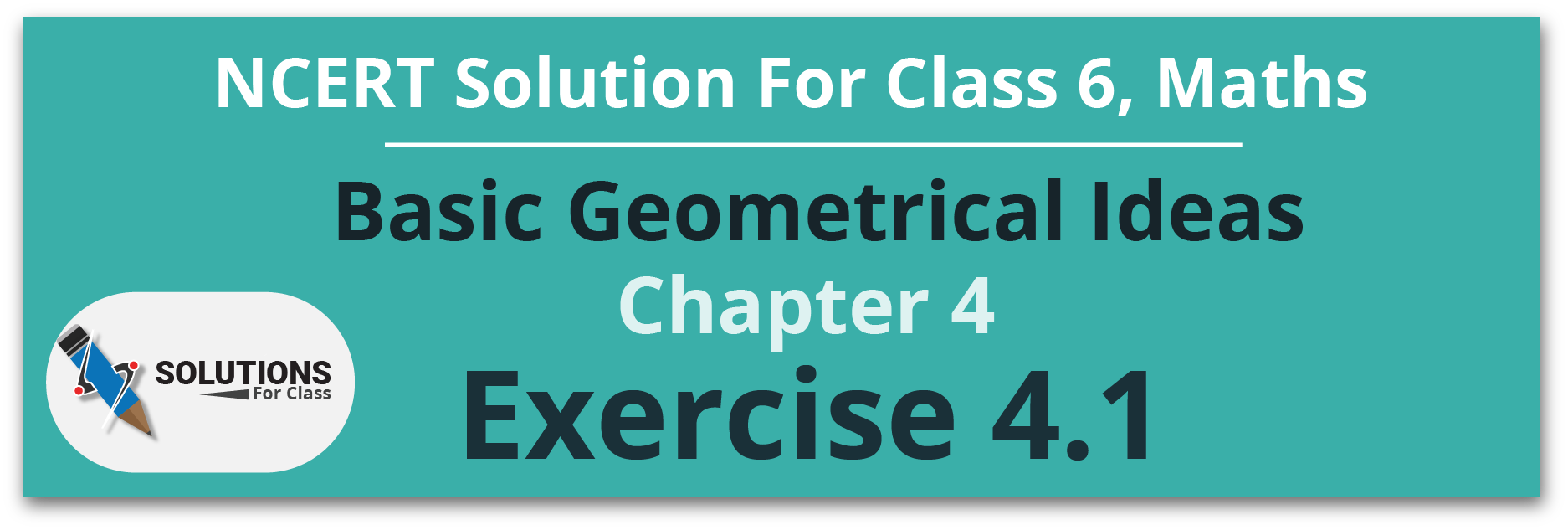
Table of Contents
ToggleNCERT Solutions For Class 6 Maths, Chapter 4, Basic Geometrical Ideas, Exercise 4.1 has total five questions. Exercise 4.1 Chapter 4.1 is about points, a line , rays and line segments.
NCERT Solutions For Class 6 Maths, Chapter 4, Basic Geometrical Ideas, Exercise 4.1
Q.1. Use the figure to name:
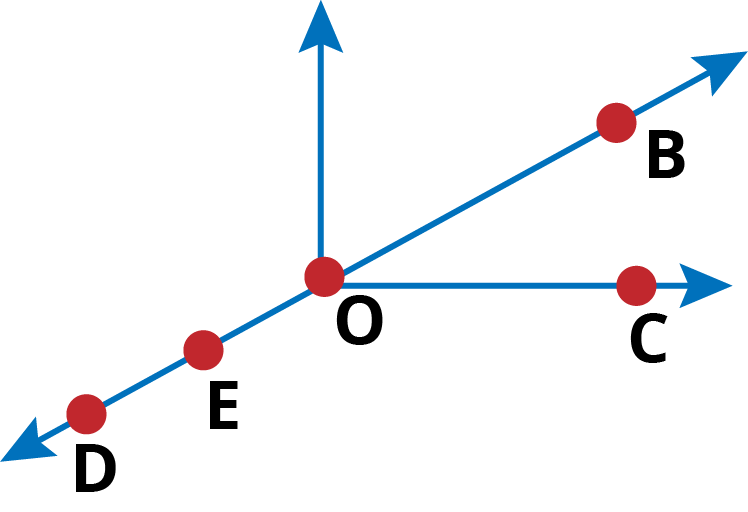
(a) Five points
(b) A line
(c) Four rays
(d) Five line segments
Ans: (a) Five points: D, E, O, B and C.
(b) A line $\overleftrightarrow{DE},\,\,\overleftrightarrow{EB}\,\,$ etc.
(c) Four rays $\overrightarrow{OD,}\,\,\overrightarrow{OB,}\,\,\overrightarrow{OC,}\,\,\overrightarrow{OE,}$.
(d) Five-line segments $\overline{DE},\,\,\overline{EO},\,\,\overline{OC},\,\,\overline{OB},\,\,\overline{BE}\,$.
Q.2. Name the line given in all possible (twelve) ways, choosing only two letters at a time from the four given
![]()
Ans: The lines are $\overleftrightarrow{AB},\,\,\overleftrightarrow{AC},\,\,\overleftrightarrow{AD},\,\,\,\overleftrightarrow{BA}\,,\,\,\overleftrightarrow{BC},\,\,\overleftrightarrow{BD},\,\,\overleftrightarrow{CA},\,\,\overleftrightarrow{CB},\,\,\overleftrightarrow{CD},\,\,\overleftrightarrow{DA},\,\,\overleftrightarrow{DB}\,\,and\,\,\,\overleftrightarrow{DC}$
Q.3. Use the figure to name:
(a) Line containing point E.
(b) Line passing through A.
(c) Line on which O lies
(d) Two pairs of intersecting lines.
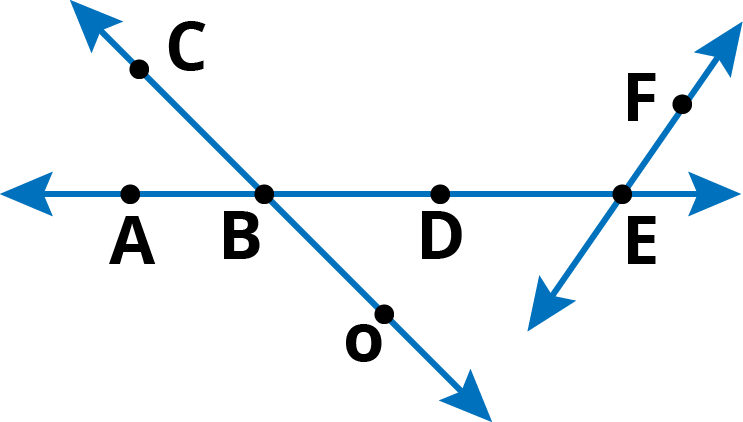
Ans:
(a) Line containing point E is $\,\overline{AE\,}\,or\,\overline{FE}~$
(b) A line passing through A $\,\,\overline{AE}\,\,$
(c) A line on which O lies =$\,\overline{OC}\,\,or\,\,\overline{CO}$
(d) Two pairs of intersecting lines are : $\,\overline{AD}\,,\,\,\overline{CO}\,\,and\,\,\overline{AE}\,,\,\,\overline{FE}$
Q.4. How many lines can pass through (a) one given point? (b) two given points?
Ans:
(a) infinite numbers of lines can pass through one given point.

(b) Only one line can pass through a two given points.
![]()
Q.5. Draw a rough figure and label suitably in each of the following cases:
(a) Point P lies on .
(b) $\overline{XY}$and $\overline{PQ}$ intersect at M.
(c) Line l contains E and F but not D.
(d) $\overline{OP}$and $\overline{OQ}$ meet at O.
Ans:
(a) ![]()
(b)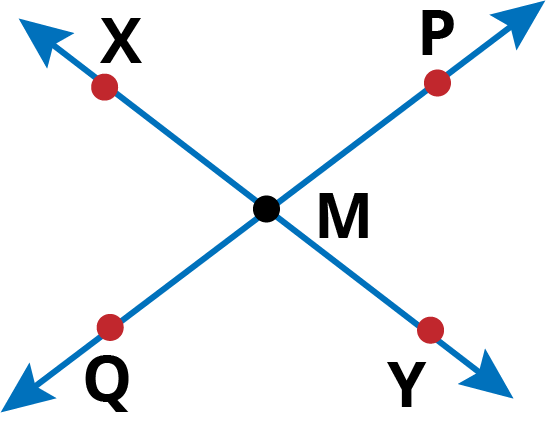
(C)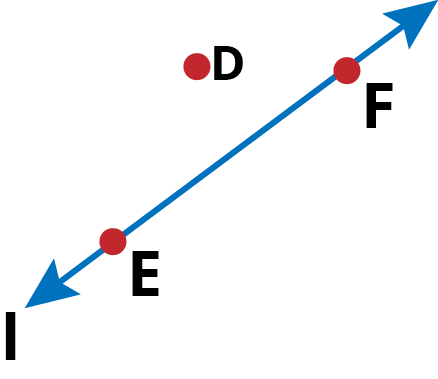
(d)

